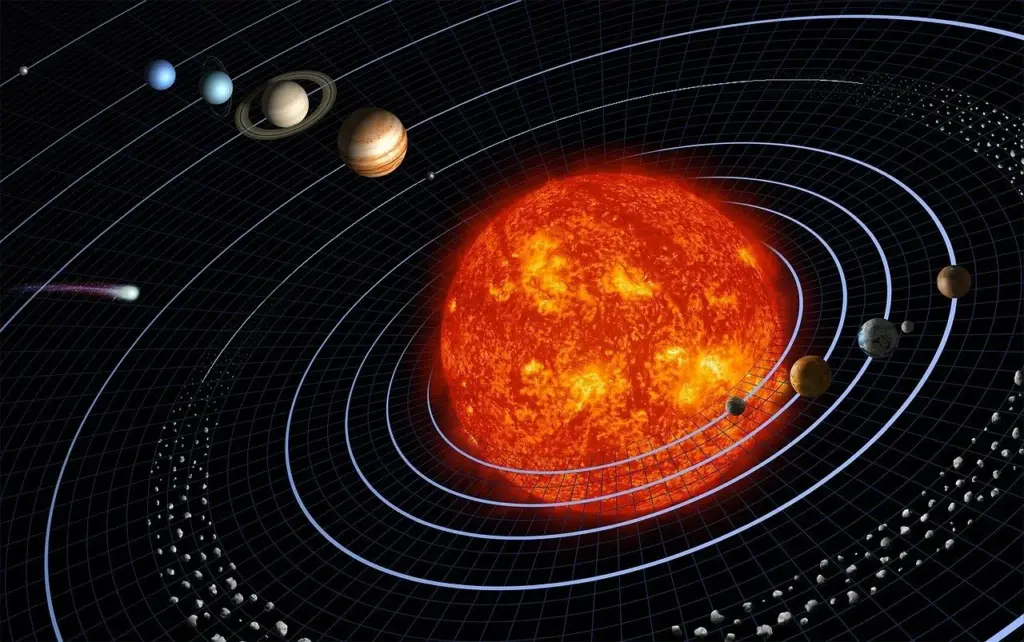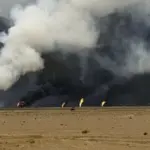For the first time ever, astronauts have witnessed the formation of the solar system in action. On a recent NASA mission with the Orion Deep Space Telescope, astronauts captured rare visuals of how stars and planets form. Astronauts made the discovery on July 15, 2025, and scientists are already calling it a game-changer in space science.
Until now, experts could only guess how the planets were made by studying space dust, meteors, and computer models. But this new footage from the edge of our solar system shows a star system being born, just like ours did over 4.6 billion years ago. It’s the first time scientists have actually seen the process happening live.
NASA explained that their equipment picked up clouds of gas and dust forming baby planets around a young star. These movements match what we’ve believed about the formation of the solar system for years. Finally, there’s proof to back it up.
New Clues About the Formation of the Solar System
The mission also helped confirm how old our solar system is by matching chemical traces in space dust with meteorite samples found on Earth. The findings support the long-standing estimate that our solar system is about 4.6 billion years old, just as earlier radiometric dating suggested.

Astronaut Dr. Elaine Porter, who worked on the mission, said seeing these far-off young planets take shape felt like watching the birth of our own solar system. She added that the images they captured were clearer and more detailed than anything seen from space or Earth-based telescopes before.
One of the most exciting parts of the mission was spotting a massive planet forming on the outer edge of the system. Its size and speed of growth suggest it could become the biggest planet in the solar system, at least in its own star family. It gives scientists more insight into why big planets usually sit far from their stars.
This discovery opens the door to understanding space in a much deeper way. It’s a rare chance to see how the planets were made with real images, not just guesses.
As the data is studied further with help from international space agencies, experts say we’ll learn even more about the formation of the solar system—and maybe even how life begins on other worlds.








